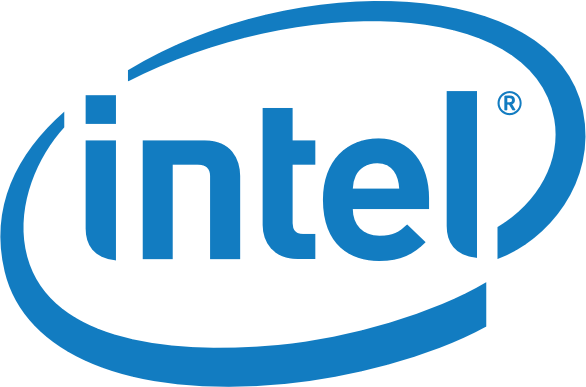Don't count Intel out.
It's my understanding that a key part of the reason TSMC (and Samsung) have been able to produce chips with such small feature sizes is that they purchased several EUV photolithography machines from ASML, the only company that makes them (
https://en.wikipedia.org/wiki/ASML_Holding). These machines produce extreme ultraviolet (EUV) light, whose wavelengths are sufficiently small to etch low-nm scale features. [ASML is a Dutch multinational. I recall reading these machines are designed principally in ASML's US offices, and assembled by their facilities worldwide.]
Intel, by contrast, has been slow in its purchase of these machines. Here's a summary of the installed EUV base as of April 2022 by Scotten Jones from
https://semiwiki.com/semiconductor-services/ic-knowledge/311036-intel-and-the-euv-shortage/ . You can see the clear contrast between Intel, Samsung and TSMC:
[The bullet points are a direct quote from Scotten Jones.]
- Intel currently has 3 development fabs phases that are EUV capable and 1 EUV capable production fab although only the development fab has EUV tools installed. Intel is building 8 more EUV capable production fabs.
- Micron Technology has announced they are pulling in EUV from the one delta node to one gamma. Micron’s Fab 16-A3 in Taiwan is under construction to support EUV.
- Nanya has talked about implementing EUV.
- SK Hynix is in production of one alpha DRAM using EUV for approximately 5 layers and have placed a large EUV tool order with ASML.
- Samsung is using EUV for 7nm and 5nm logic and ramping up 3nm. Samsung also has 1z DRAM in production with 1 EUV layer and 1 alpha ramping up with 5 EUV layers. Fabs in Hwaseong and Pyeongtaek have EUV tools with significant expansion in Pyeongtaek underway and the planned Austin logic fab will be EUV.
- TSMC has fab 15 phases 5, 6, and 7 running 7nm EUV processes. Fab 18 phase 1, 2, and 3, are running 5nm with EUV. 5nm capacity ended 2021 at 120k wpm and has been projected to reach 240k wpm by 2024. Fab 21 in Arizona will add an additional 20k wpm of 5nm capacity. 3nm is ramping in Fab 18 phases 4, 5, and 6 and is projected to be a bigger node than 5nm. Fab 20 phases 1, 2, 3, and 4, are in the planning stages for 2nm and another 2nm site is being discussed.
However, even though Intel has been a slow starter, it's now ramping up its own purchase of advanced ASML EUV machines:
Intel has placed the first order with ASML for a new, advanced chipmaking tool that will cost "significantly" more than $340 million, as semiconductor manufacturers look to get ahead in a booming industry.

www.reuters.com
Thus, while there is of course much more to small processes than owning an EUV machine, given Intel's general expertise they may catch up to TSMC within a few years.
I don't know why Intel was not more aggressive in acquiring these early on. Ironically, Intel has been involved with ASML since 1997, and purchased a 15% stake in the company in 2012.
BTW, here's a pic of their Twinscan NXE:3400B during final assembly:
View attachment 2117939
Für die Digitalisierung braucht es Mikrochips. Und die leistungsfähigsten Halbleiter kann man nur mit Maschinen der niederländischen Firma ASML produzieren. Auf Druck aus den USA verhindert Den Haag nun, dass der Konzern seine beste Maschine nach China liefert.

www.nzz.ch








